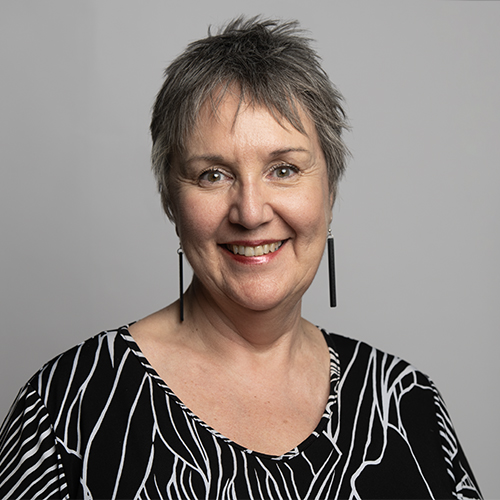
Choosing yourself is not a one-time act; it’s a daily commitment, explains Kathleen Drum
In this issue, three different authors demonstrate how to choose ourselves when seeking answers to achieving meaningful work as Assistants. Courtney Johnson, Lucy Brazier, and Tara Sims explain how to advocate for ourselves, step into roles that optimise both our executive’s time and our own, and encourage us to consider the context of a problem, offering solutions rather than simply executing tasks.
In our cover story, Nobody Handed Me Strategic Work: I Built It With AI, Courtney Johnson illustrates how she accomplished this. Courtney shares that “strategic work is rarely assigned to us. I know because I used to wait for that moment. But it never came. Instead, I had to create the opportunity.”
“Influence is not given, it is claimed,” explains Lucy Brazier in her article AI and the Art of Influence. She adds that this arises from self-leadership: the ability to take ownership of your growth, your influence, and your outcomes, regardless of your title or environment.
Tara M. Sims shares Five Ways to Step into Your Power as an Evolved Assistant. “Owning your career starts with one decision, and that is to stop waiting and start leading. Whether it’s stepping up, expanding your influence, or improving your skills, the power to shift your career is in your hands,” she says.
However, social conditioning and lifelong habits can be difficult to overcome. So, if you feel you need permission to take ownership of your role, then this is it. I give you permission to choose yourself – to “Bet on Yourself”, as Ann Hiatt puts it in her book of the same name. And if this feels quite new and more than a little daunting, then Joan Burge’s article Building Your Risk Tolerance explains how to enhance your growth and leadership potential by building your risk tolerance. And, to help in those times of stress, Heather Denniston details 8 simple resetting strategies in her article Two-Minute Mindfulness Practices for Even the Toughest Day.
Choosing yourself is not a one-time act; it’s a daily commitment. As you read this issue, I invite you to reflect on where you might be holding back, waiting for validation or permission. Let this be the moment you stop waiting. Choosing yourself doesn’t always mean a bold move: it can start with a quiet decision to trust your instincts, to invest in your growth, or to speak up when it matters. I encourage you to take one small step toward owning your path.
Our profession will be shaped by those bold enough to lead it. And that is you.
Choose yourself. You’re ready.
Kathleen







